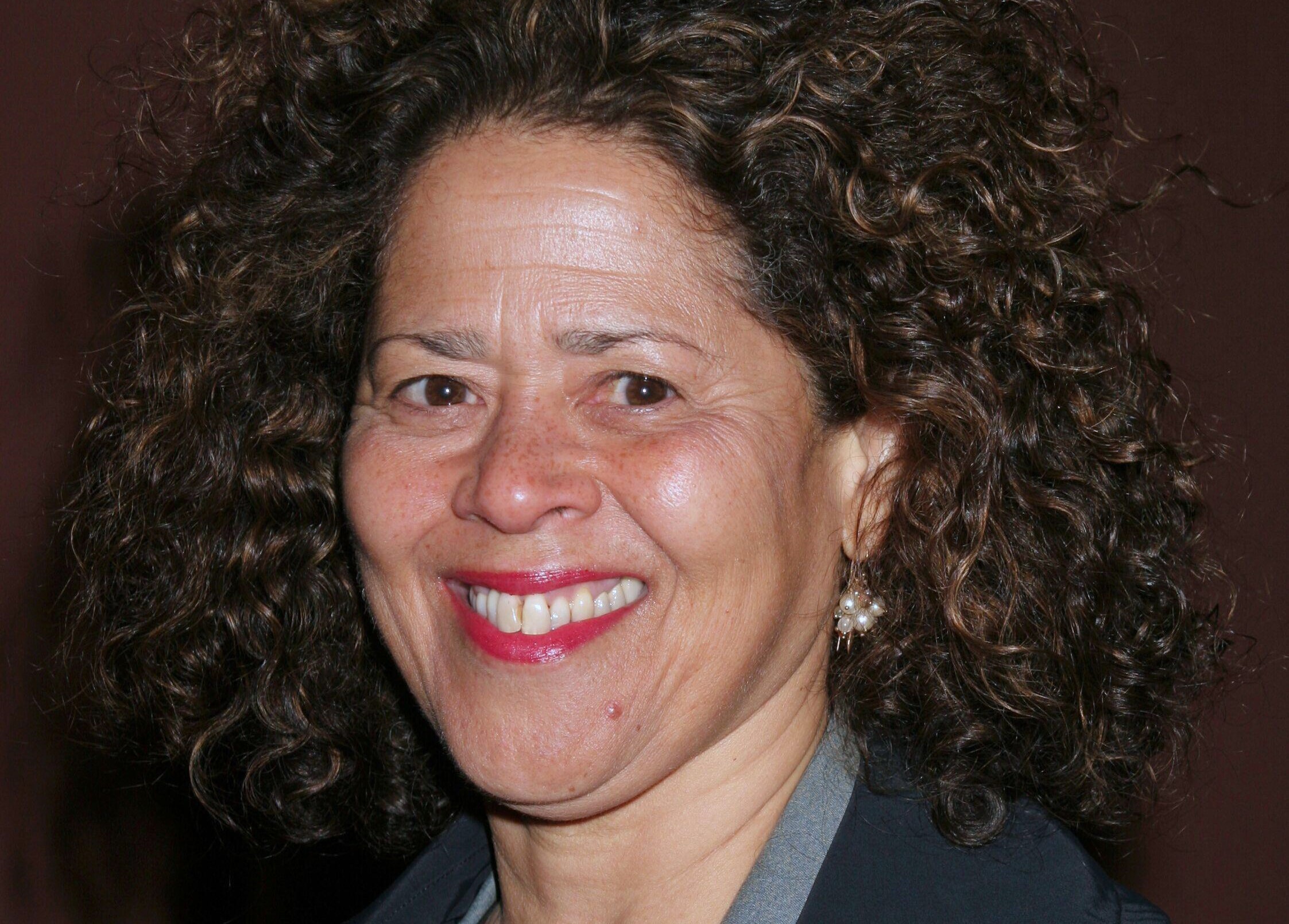"Fundamental to becoming an artist is understanding the position of the artist. We learn to do that by learning how to step outside of a given situation to watch, to listen, and to feel, and to feel as others as much as to feel things about others."
"We're right for trying. That purpose is real," American novelist Jason Reynolds shouts across the space that separates us from each other, from our dreams. There is a connection in dreams. But “not only creatives dream,” Reynold's soothes every troubled creative inkling, this Prometheus of creative fires.
Almost two decades before Reynolds took to the pen and began his conscious-building fiction, actress, Thespian, and writer Anna Deavere Smith (born September 18, 1950) wrote Letters to a Young Artist to an imagined mentee and relaunched a tradition that began with Rilke's life-affirming advice and mentorship to a fellow poet nearly a century earlier.
 Anna Deavere Smith
Anna Deavere SmithLetters of support, encouragement, vulnerability, and a tender, wise eye that says, I've been here too, you can do it, you're not alone.
We all become her mentees after reading Deavere's Smiths Letters, written in 2006. It presses energy and hopes into the heart of the worried creative soul.
I'm an actress and a playwright. I make one-woman shows in which I play up to fifty characters in an evening. I interview people with a tape recorder and use their verbatim words to make these plays.
Through her long career performing true-life impersonations and her tremendous theater and television work, Deavere Smith knows how to see people, how to notice, and, much more importantly, how to care. This gift of companionship awaits on each page.
Echoing the gentle advice of Buddhist teacher Pema Chödrön and musician Billie Holiday, who propose growth through fear, Deavere Smith states confidently:
You ask about fear. I take fear seriously. [...] First of all, don't deny fear. It's a feeling like all feelings. Sometimes it is there as a warning. Sometimes you don't need the warning, and sometimes you do. Work through the fear until your body—or your psyche—gets a better idea of what you can do, until it gets a better idea that you don't need the warning.
 "I painted my first still-life at the age of 43," writes artist and chef Mel Barrett, "I thought to myself, “Why didn’t I give myself permission to do this years ago”?
"I painted my first still-life at the age of 43," writes artist and chef Mel Barrett, "I thought to myself, “Why didn’t I give myself permission to do this years ago”?In Letters, Deavere Smith directs her striking gaze at us, imagining we want "to be awake." She tackles pestering items of self-esteem, self-doubt, and being strong, self-reliant, and open to influence.
Deavere Smith defines presence beautifully (so beautifully that I internalized her meaning and searched for it elsewhere, read more here.)
Presence. You want to know what it is. Well, you hit on my favorite subject. First of all, even before I became an actress, I was told I had "presence." [...] Some people call presence charisma. Perhaps it's the same thing. There are many charismatic people who are not artists. And presence is not the same as fame, by the way.
Deavere Smith explores the precious small but meaningful difference between our need for a personal brand and a more human need for a name. We want to be seen and known as ourselves, not merely as a brand. Except, the brand allows our name to be known, a tension every artist endures (clearly illustrated in John Steinbeck's journals.)
 Max Jacquard's "Brick Man," 2002. According to the artist, the glass figure relates to the fragile, isolated, constructed semblance of the artist's ego. Learn more.
Max Jacquard's "Brick Man," 2002. According to the artist, the glass figure relates to the fragile, isolated, constructed semblance of the artist's ego. Learn more.My most underlined part is a section about "being in it and out of it," what writer Alan Lightman called "convergent" and "divergent" thinking, a concept of being both a participant and an observer.
Fundamental to becoming an artist is understanding the position of an artist rehearsing that position. It is from that position that you will develop an eye, an ear, and a heart. These three organs are essential. Yes, as a painter, you will need a hand, and as an actor, I will need a voice and a body - but before getting to those, we need to develop the eye, the ear, and the heart.
We do that by learning how to step outside of a given situation to watch, listen, and feel, and to feel as others as much as to feel things about others. Feeling as others is empathy. Feeling for others is sympathy. Empathy is more useful and important. It requires more rigor. That rigor will make you stronger of heart and spirit. Empathy requires a very highly developed imagination.
Deavere Smith's counsel belongs among the pantheon of advice to tender young creatives, which center on feelings, love, forgiveness, and imagination. Read alongside Maya Angelou's Letter to My Daughter and Dorothea Brande's less-known but equally soul-enriching Becoming a Writer. A consistent theme among these works is the fragility and richness of the creative mind and the need to nurture, not punish it.


